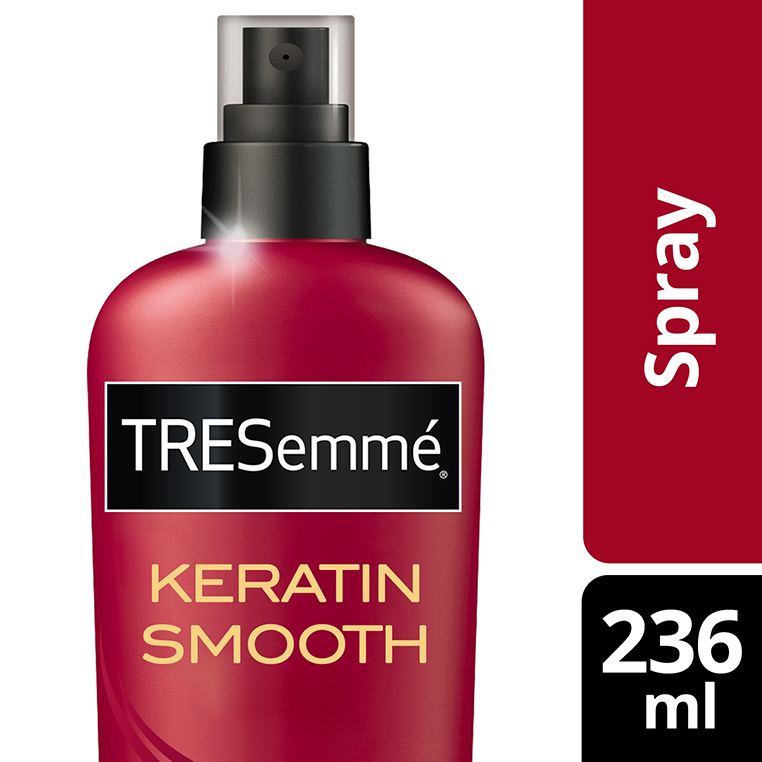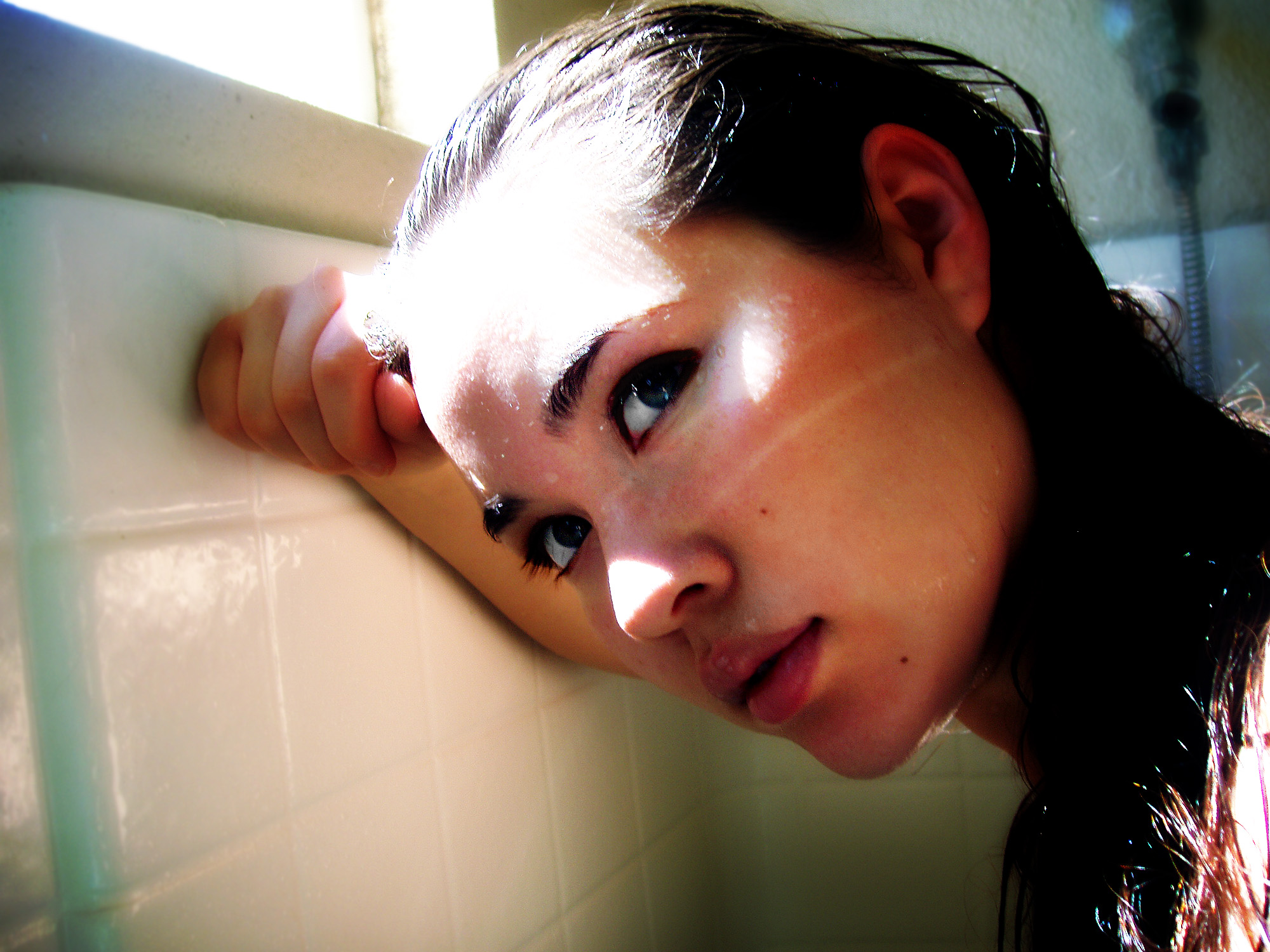Ana Valenzuela graduated with a degree in AB Literature from…
Ever wonder why your hair suddenly gets all oily or your ends frizz up? Maybe there’s no end in sight to your split-end problems. The sad thing is, the very things you’re doing to help your hair stay healthy, clean, and stylish could be the culprits when it comes to the problems you’re encountering—your daily beauty habit might be the cause of your mane catastrophe. Below, we’ve listed a few ways you might be harming your hair rather than helping it. What blunders are you guilty of?

1. Shampooing daily
Although there is no definite answer as to how often you should shampoo, doing this may lead to your hair losing its lushness. Shampoo strips your hair of healthy oils, making your locks dry and prone to breakage. Wash your hair daily only if you have very fine hair or if you work out every day and get your tresses sweat-drenched in the process. Also re-evaluate your choice of shampoo—is it for dry, oily or colored hair? Also, alternate the use of shampoo with a conditioner. On days you won’t be shampooing those locks, make sure to condition from roots to tips.

2. Towel-drying your hair roughly and rapidly
Hair is most susceptible to damage when it is wet. Rubbing you hair with that towel, especially in a rough and rushed manner, is a no-no; this will rough up the cuticles, leading to breakage and frizz. Instead, squeeze your hair and let the towel absorb the water and moisture.

3. Brushing wet hair
As we mentioned, wet hair is weak, so brushing your hair can lead to snapped strands and pulled locks. What more, wet hair is difficult to style making your efforts impractical. You have to wait until your locks are about 80% dry for you to shape it. If you can’t wait to brush that mane, use your fingers first then a wide tooth comb.

4. Tearing through knots
If your locks are prone to knots and tangles, dragging a brush through them to loosen that web of hair will lead to broken strands and split ends. First, don’t use a brush at all—use a wide-toothed comb instead. Comb your hair from the ends, slowly moving up as you untangle your locks. Remember, good things (or, in this case, good hair days) come to those who wait.

5. Blow drying too often and on too-hot settings
Chronic blow drying can burn or damage your lovely locks. However, having blow-dried hair adds ganda points, so if you can’t (or won’t) forego it from time to time, it’s best to do it right. When you blow dry, section your hair in small parts, and as you blow dry, combine the dry and damp sections, thus creating a volumizing and natural shape. Never blow dry using the highest or hottest setting on your dryer, and use a nozzle that will let you manipulate the direction of the air.

6. Not using the right products
You might think that the solution to your hair woes is to use more—more serum, more styling products, more of whatever seems to keep things from looking like a mess. But this is a big mistake. Never use so much hair product that you end up weighing down your locks. Before using any styling aids, get rid of excess moisture in your hair. Don’t use a hairspray if you will be curling or ironing your hair as ingredients in the spray will fry your hair. Use heat-protective styling aids instead, as this will help strengthen your hair.

7. Waiting too long to get a haircut
Visiting the salon to get your haircut every few months is a must to prevent split ends and hair ruin. However, exactly how often you should go depends on the length and maintenance of your locks. If you have hair that falls below the collarbone, experts recommend having your locks trimmed every six to eight weeks. If you hair is shorter, go to your stylist more often, around every four to six weeks. For fringe upkeep, it’s best to have those bangs cut every three weeks.

The good news is that most damage to your hair is either reversible (to some extent) or something you can just wait out, as your hair will grow and you’ll be able to cut off the damaged sections. But that’s no excuse not to take care of those tresses, especially since playing the waiting game will result in a lot of bad hair days in the interim and treatments to reverse damage can be costly. It’s often said that an ounce of prevention is worth a pound of cure, and this is the case with your hair. So you may want to drop those bad hair habits, stat!
What's Your Reaction?
Ana Valenzuela graduated with a degree in AB Literature from UST. She has written for several media outlets. She is currently taking her Master's from UP.

